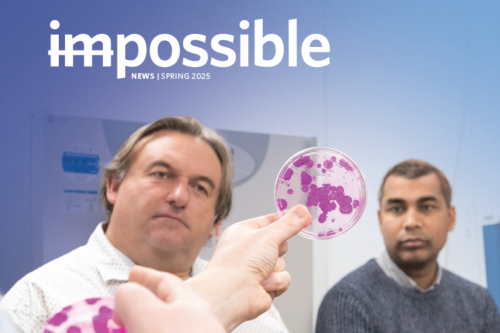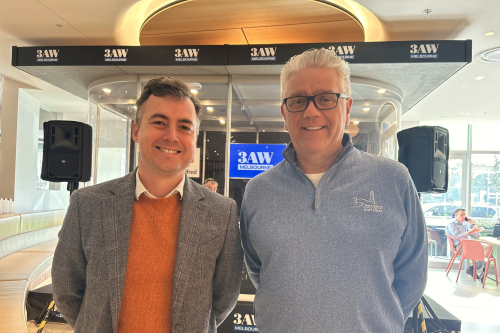This new trauma bay will save lives at The Alfred
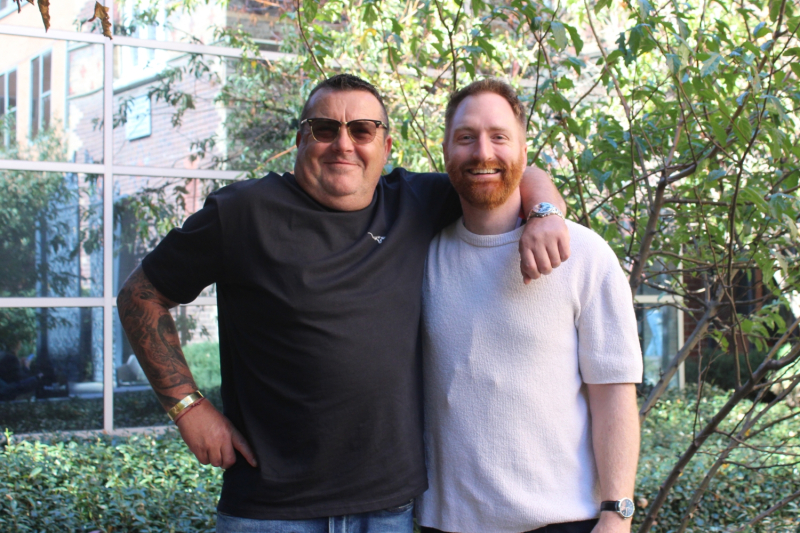
By the time that George was flown 140km by helicopter to The Alfred from Cressy, west of Geelong, he needed medical attention – fast.
Determining the next steps in George’s treatment for severed neck artery required CT scan results, but moving someone so unstable from one room to another for scanning is complex and time-consuming.
It was 11 May 2024, and our trauma team stood ready to receive George.
He had been injured while watching timber being cut on a farm, when a large shard of wood shot off and lodged in his lower neck and upper chest. Instinctively, he pulled it out, worsening the bleeding. His brother Tom sprang into action, applying pressure until paramedics arrived.
Every second counted.
During the 45-minute flight, George’s condition deteriorated rapidly.
“He came in as a ‘shock trauma’ — the sickest of the sick,” recalls Dr Holly Bannon-Murphy, a trauma consultant involved in George’s care.
Twelve specialists — anaesthetists, trauma consultants, emergency physicians, surgeons, nurses and imaging technicians — raced to stabilise him. Despite administering blood products, the team faced a critical decision: rush George to surgery without full knowledge of his internal injuries, or spend precious minutes obtaining a CT scan to guide treatment, knowing the risks of moving such a fragile patient.
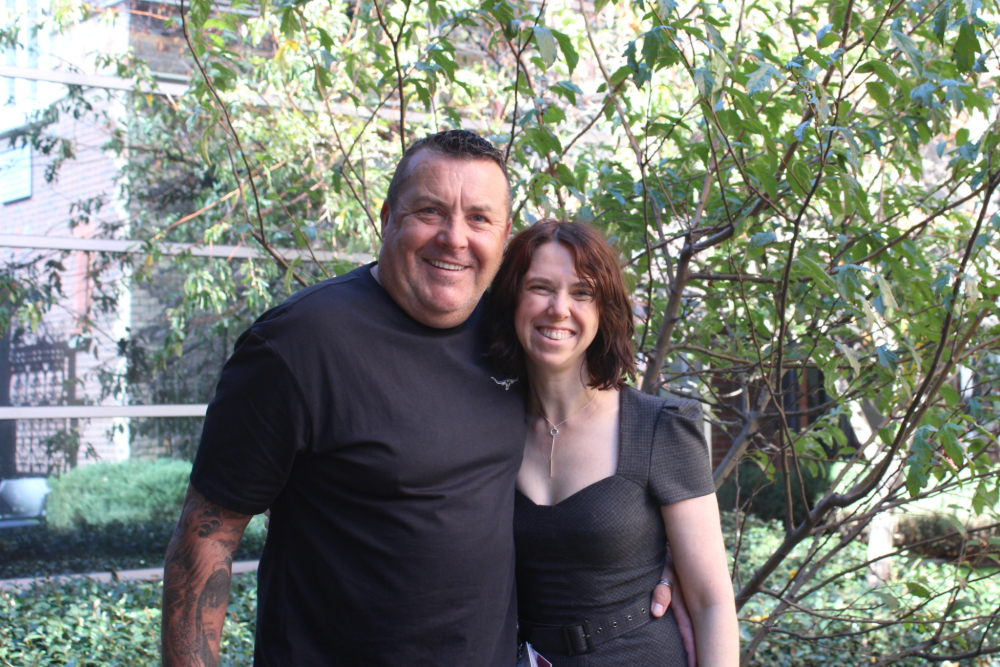
This crucial dilemma would be eliminated with our new innovation.
“Even though the CT scanner is only 10m away, it is a huge job to shift patients,” explains Professor Mark Fitzgerald, Director of Trauma Services. “First you have to stabilise them, then you need to put doctors on a different set of monitoring equipment before taking all the equipment with you, and even then there is the possibility of a cardiac arrest while they are being moved.”
The team chose to move George for the scan. Despite their meticulous care, he suffered a third cardiac arrest in the operating theatre, necessitating an emergency thoracotomy.
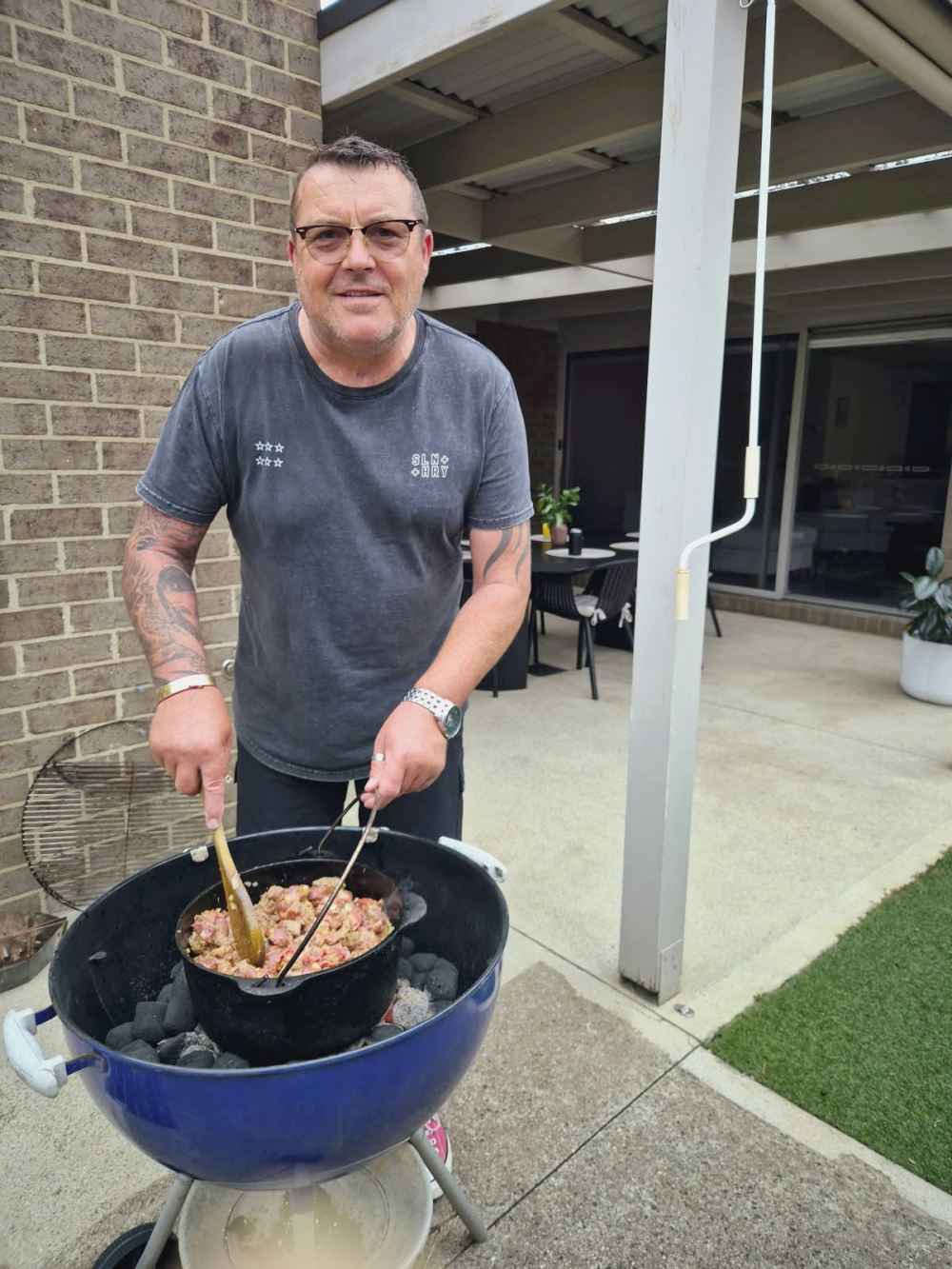
This experience highlights why the new Trauma Resuscitation and Diagnostic Suite — the first in Australia — is groundbreaking, transforming how we treat critically injured patients like George. Integrating CT scanning directly into the trauma bay will save lives by eliminating dangerous transfers.
“If you can resuscitate, investigate and manage patients all in the one space is a gamechanger. It makes a big difference as to what you can do next,” Prof Fitzgerald said.
George’s recovery was long and difficult, as he underwent numerous surgeries and associated complications.
“We just told the doctors, ‘Whatever you’ve got to do to keep him alive, you’ve got our permission.’ And they were incredible, all of them,” his daughter Maia said.
After weeks unconscious, George slowly woke and began rehabilitation. Now, almost a year later, he’s thriving, back at home in Geelong, cooking for his family.
“If my Dad hadn’t ended up at The Alfred, he wouldn’t be here anymore,” Maia said.

